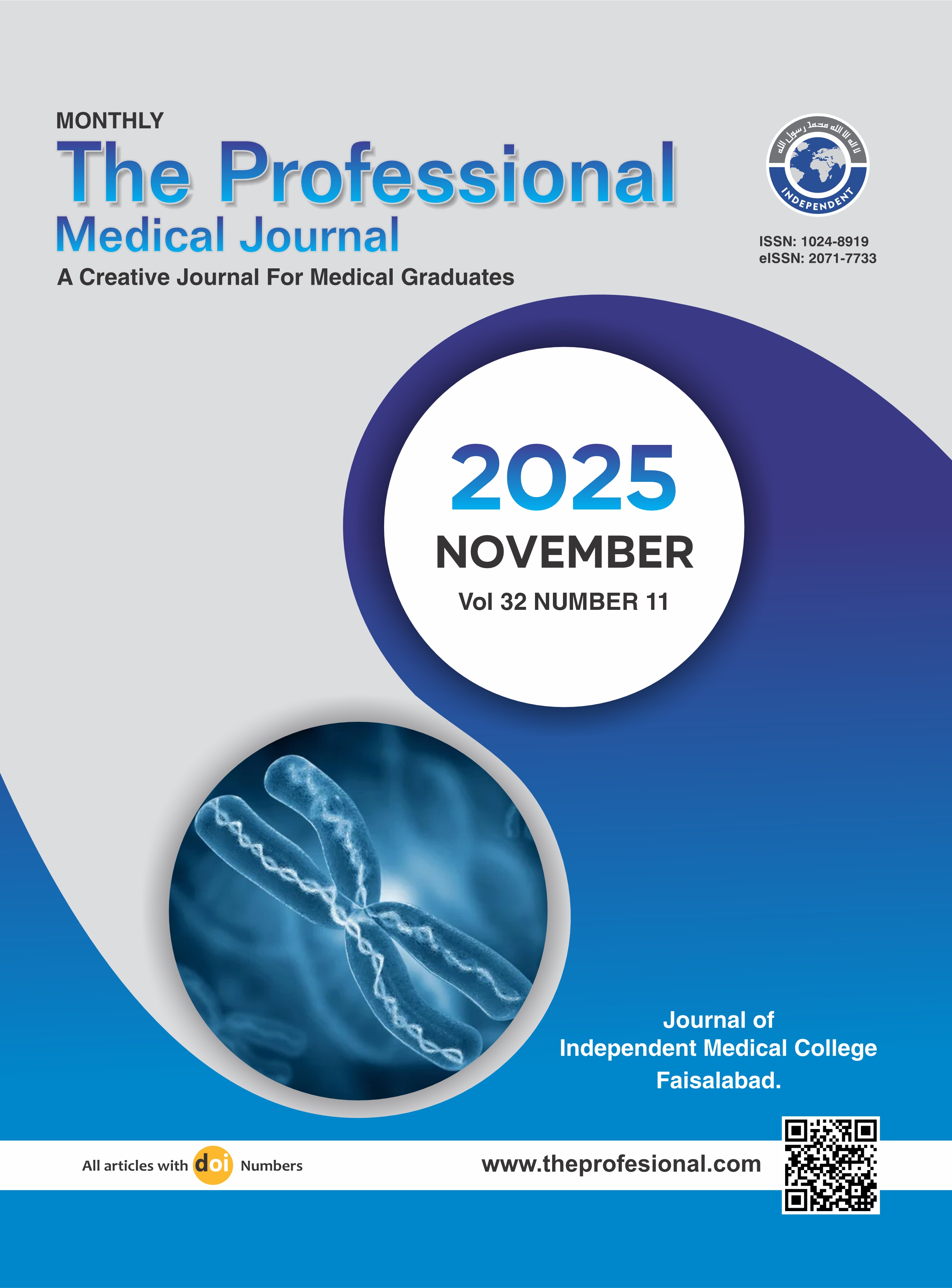Morphometrics in action: Predictive modelling of height using toe and hand dimensions.
DOI:
https://doi.org/10.29309/TPMJ/2025.32.11.9962Keywords:
Anthropometric, Biometrics, Morphometrics, Mis-identification, Multiple Linear Regression, Podiatry, StatureAbstract
Objectives: To explore the link between hand and foot dimensions with stature, emphasizing gender-specific variations to improve personal identification or clinical measures. Study Design: Observational Cross-sectional study. Setting: Rai Medical College Teaching Hospital, Sargodha. Period: March to May 2025. Methods: Which analysed MBBS students from Rai Medical College, Sargodha, comprising 200 males and 205 females after getting informed consent. Ethical approval was obtained from the institutional review committee prior to conducting the research. The data were statistically analysed using SPSS version 27. Multiple linear regression analyses were performed separately for male and female participants for possible predictive association. Results: Separate regression models were conducted for males and females to assess the relationship between toe lengths, hand heights, and overall height. In males, left pinky toe length (B = -0.088, p = 0.020) and left hand height (B = 0.081, p = 0.008) were significant predictors of height, while other variables were not significant. In females, none of the measured variables significantly predicted height (all p > 0.05). Conclusion: In males, left-hand height and pinky toe length showed a dependable indicator of stature estimation models based on foot and hand measurements, which suggests the sex obligations of specific approaches in forensic biometric assessments.
Downloads
Published
Issue
Section
License
Copyright (c) 2025 The Professional Medical Journal

This work is licensed under a Creative Commons Attribution-NonCommercial 4.0 International License.


